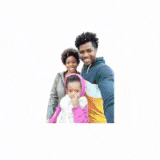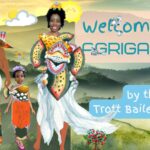Kingdom of Iztolev, a No Money World. Moneyless world
The Kingdom of Iztolev, conceived and built by the Trott Bailey family—engineered by Kimroy Bailey, designed by Sherika Trott, bejeweled art and landscaped layouts by imaginative 7 year old Keilah Trott Bailey, fun-filled festivals, playground and market squares by playful foodie 5 year old Kaleeyon Trott Bailey, and named after the Golden Cub 2 month old Kezidek Iztolev Trott Bailey—demonstrates that abundance need not rely on money. Through communal talent contributions, sustainable mining and forestry, sericulture, regenerative permaculture, and AI-driven resource management, exotic food, bespoke fashion, and unique architecture are offered freely to all competent families. In contrast, capitalist systems constrain innovation, erase biodiversity, commodify culture, and prioritize profit over human and ecological flourishing. moneyless world. [1][2][3][4][5][6][7][8][9][10][11][12][13][14].
A Family’s Dream of Abundance: Moneyless World.
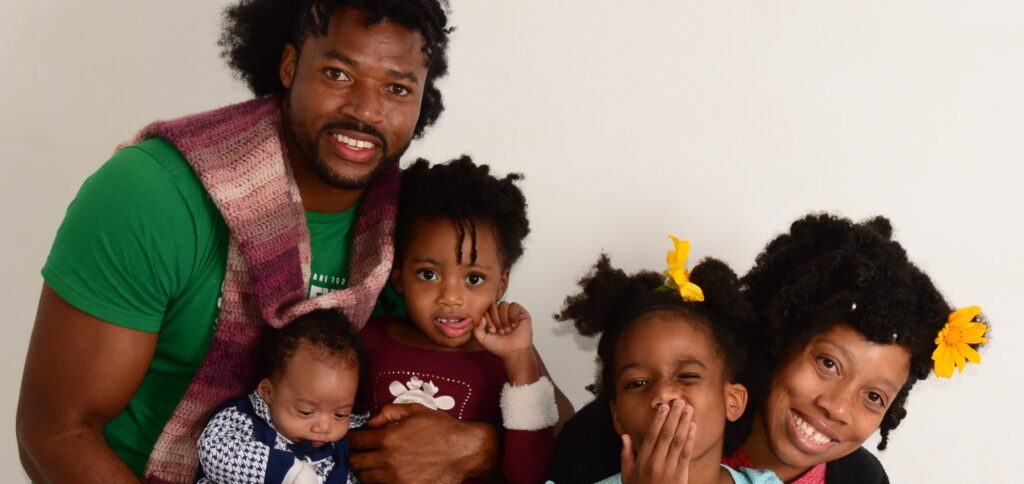
From the moment Kezidek Iztolev Trott Bailey was born, his parents—Kimroy Bailey and Sherika Trott Bailey—envisioned a realm where no child would grow up wanting. Kimroy, a renewable energy robotics engineer, spearheads Iztolev’s infrastructure: gravity-fed water systems, AI-monitored soil sensors, and small-scale quarries that rehabilitate the land as they extract building stone [1]. Sherika Trott Bailey, a visionary designer, channels her architectural flair into every gazebo and home, ensuring structures harmonize with the terrain and reflect each family’s story [8]. Their daughters, Keilah and Kaleeyon, infuse the project with youthful wonder—Keilah’s wild sketches inspire playful public art installations, while Kaleeyon’s lighthearted games shape the layout of communal playgrounds. Together, they model a society where contribution, not capital, unlocks every joy.
Abundant Food, Freely Shared
In Iztolev’s rolling orchards and layered food forests, families cultivate everything from quick-yield greens to perennial tree crops that global agribusiness has long ignored. By embracing permaculture principles—polyculture guilds, swales for water retention, and native species—the kingdom achieves yields rivaling industrial monoculture yet without the chemical runoff or soil erosion [5][11]. Using AI-driven agroecology apps, Kimroy’s team fine-tunes nutrient cycles and predicts harvest times, turning traditional farming into a data-enhanced, regenerative practice rather than a profit-maximizing enterprise [19]. This inclusivity overturns decades of “underutilized” crop neglect: buckwheat, quinoa, bambara groundnut, lychee, all variety of berries, June plum, loquat, dragon fruit, pataya, durian, neseberry, sweet and sour sop, milk fruit, start apple and jackfruit—once consigned to niche markets—flourish across Iztolev’s fields [4][7][16]. Competent Families harvest freely from these yields, trading surplus seeds in open-access banks. Even multi-year-bearing trees, which commercial interests historically abandoned as too slow, thrive under the kingdom’s long-term stewardship ethos. moneyless world.
Couture without Cost
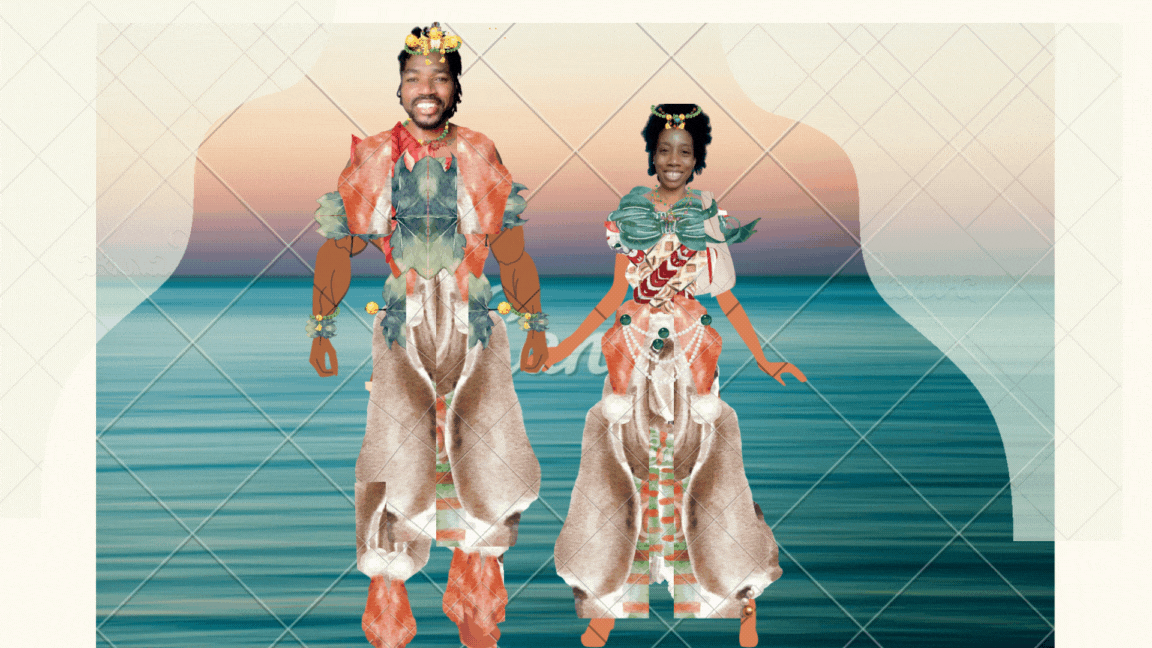
Sherika’s ateliers hum with activity as sericulture specialists raise silkworms in shade‐grown mulberry groves. Carefully grown cotton, breathable fabric from monkey puzzle tree, and life-dyed sheep produce lifelike colored fabric that cool families down in warm conditions and warm families in cold conditions. Silk thread is spun, dyed naturally, and woven into garments that marry ancient techniques with futuristic patterns born from Keilah’s imagination. Sericulture here is a closed-loop bioeconomy: pupae feed fish ponds, waste mulches vegetable beds, and fabrics return to the soil at end of life without pollutants [1][12].
Contrast this with polyester’s dominance: over 60 million tonnes of synthetic fibers are produced yearly, shedding microplastics into waterways and air, harming marine life and human health—yet silk remains marginalized because profit-driven fashion favors speed over sustainability [3][14][2]. Polyester and other synthetic fibers are not only innovated upon because of money, the quality keeps getting worst because capitalist will always try to increase profit while decrease inputs, any opportunity to remove an input from the supply chain is ceased while permeating earth with simply disgusting clothes that has a mere 1 year lifecycle before becoming another 40 million tons of undegradeable headache to the he environment. Iztolev flips this script, Sherika Trott Bailey offering every competent family access to custom-fit, biodegradable couture free of charge that can last decades, naturally dyed, producing radiating colors that seemingly never fade. Because of the breathable nature of her pieces, it rejuvenates the wearer’s skin over time, resulting in increased skin, mental health, and overall well-being. moneyless world.
Homes as Living Art
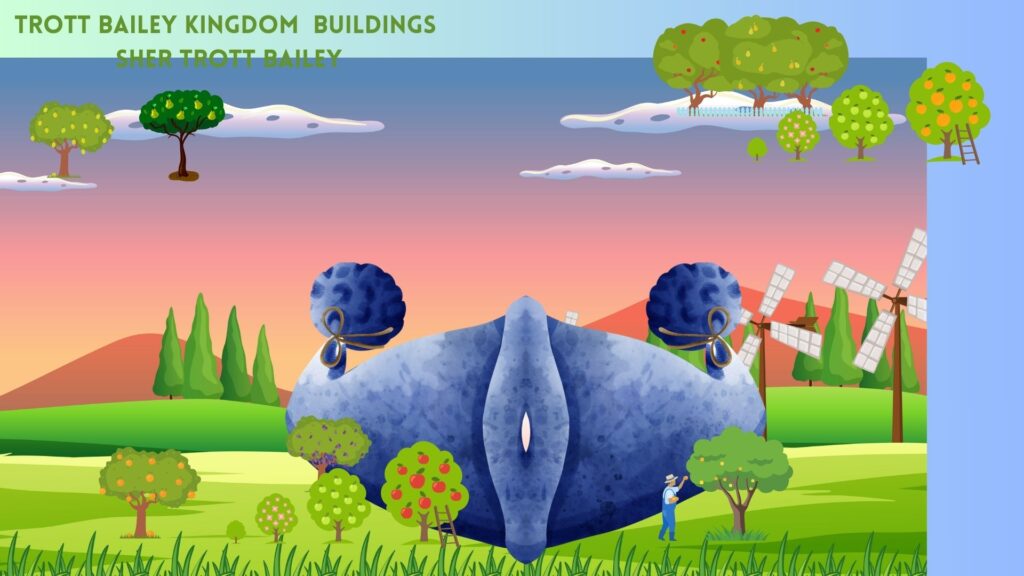
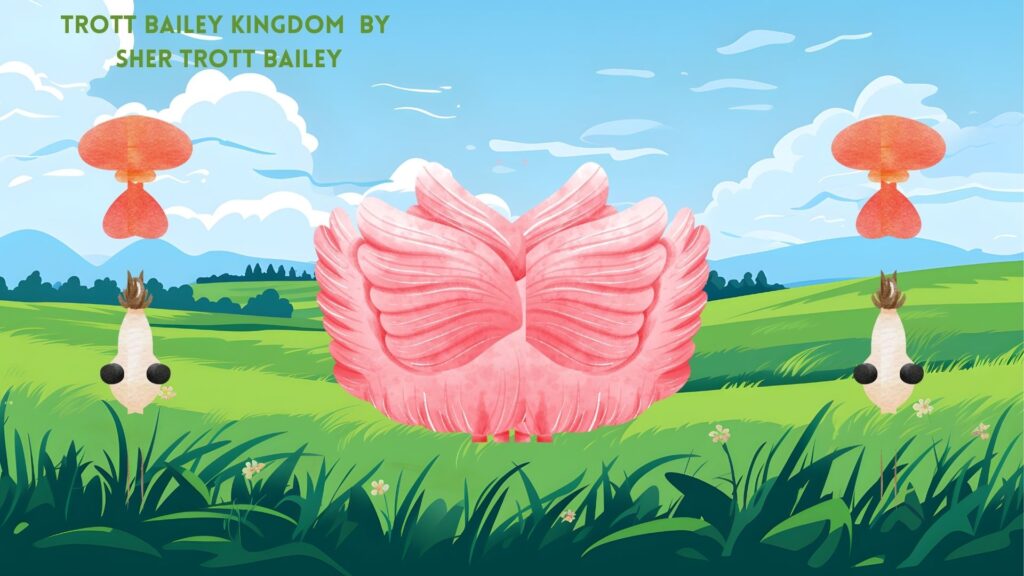
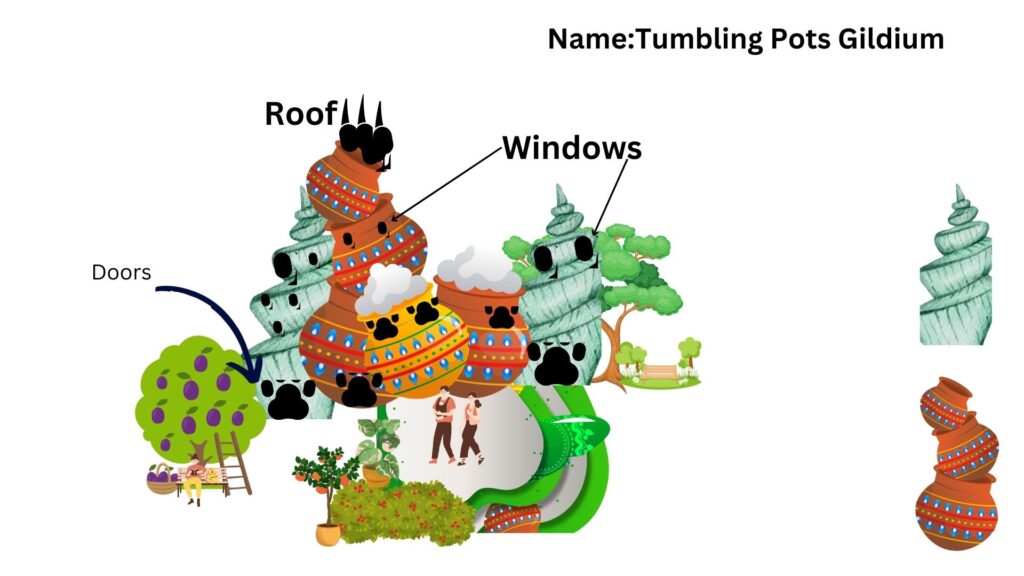
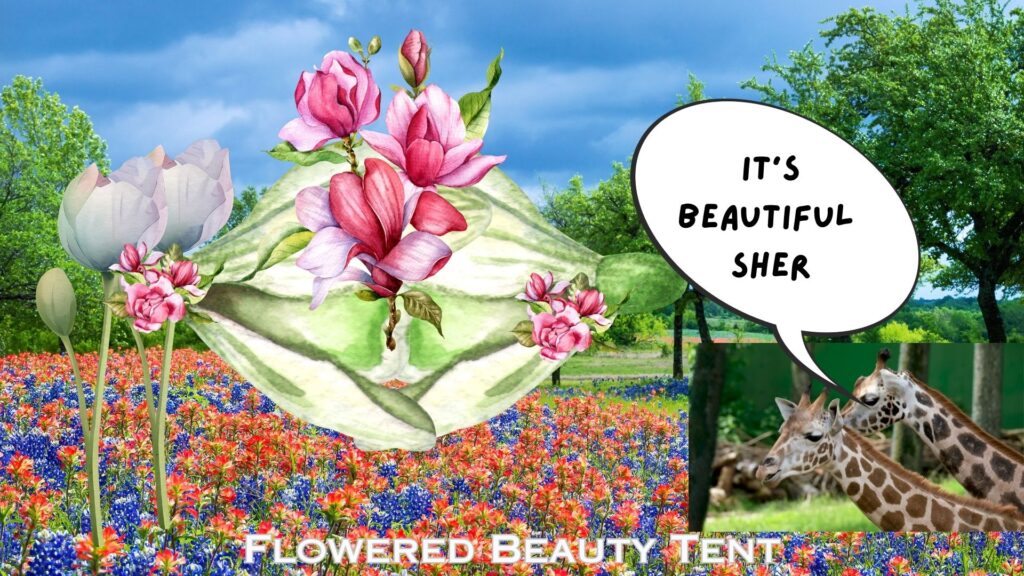
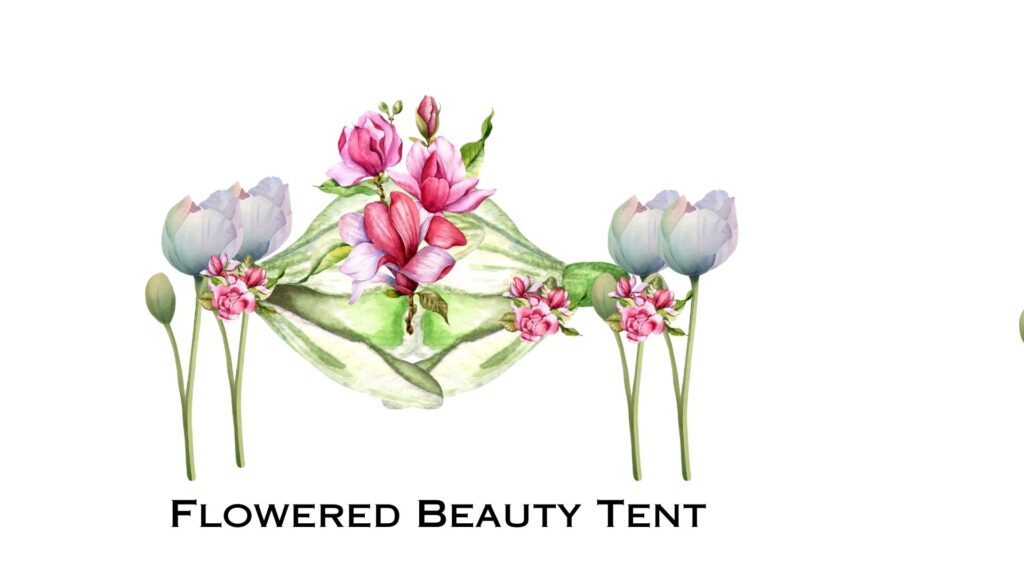
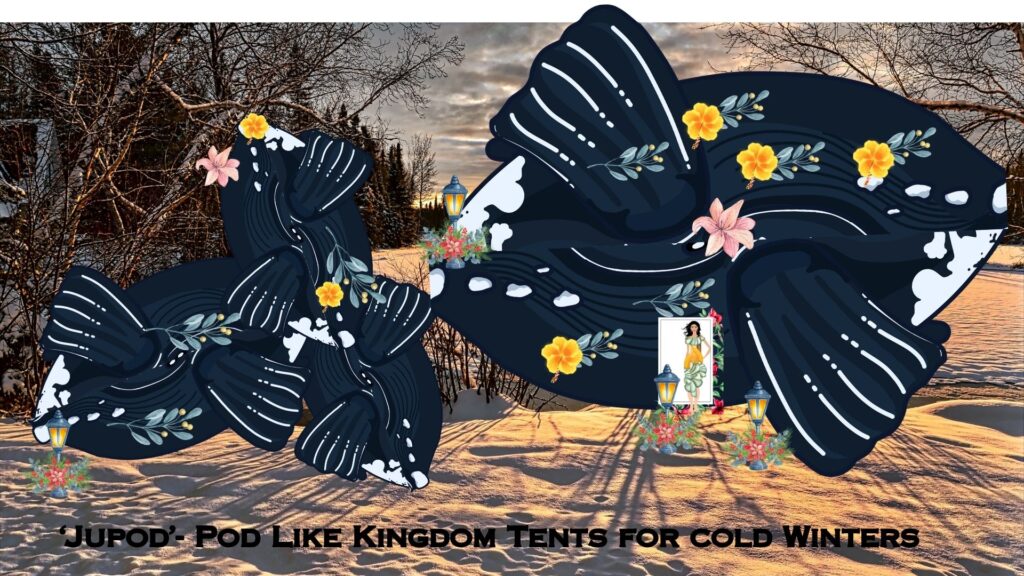
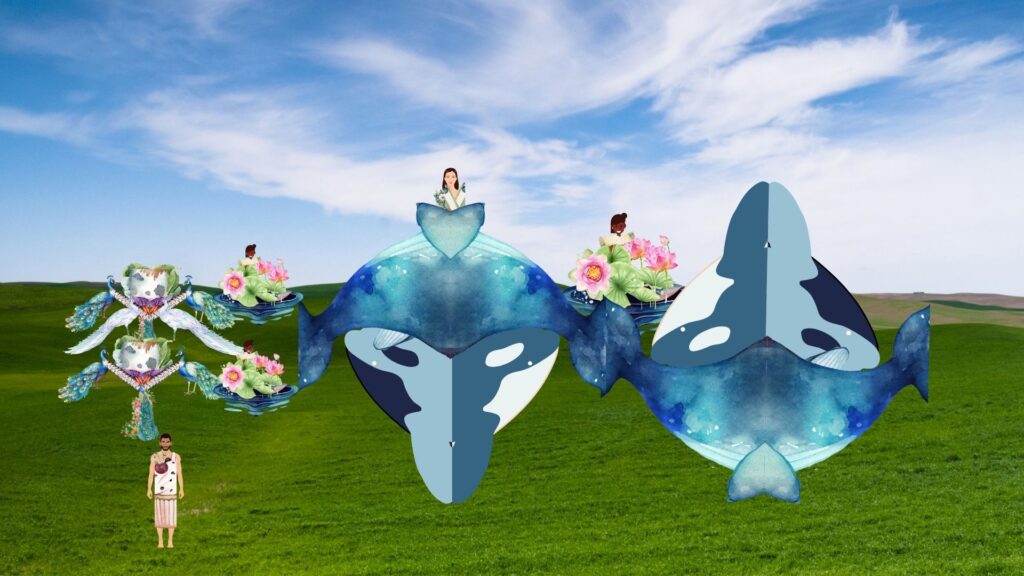
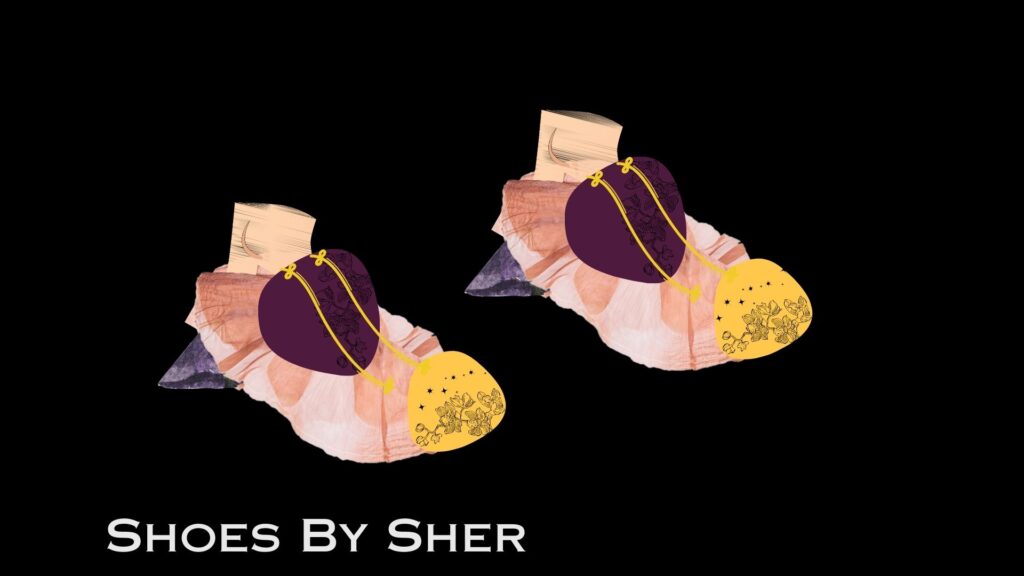
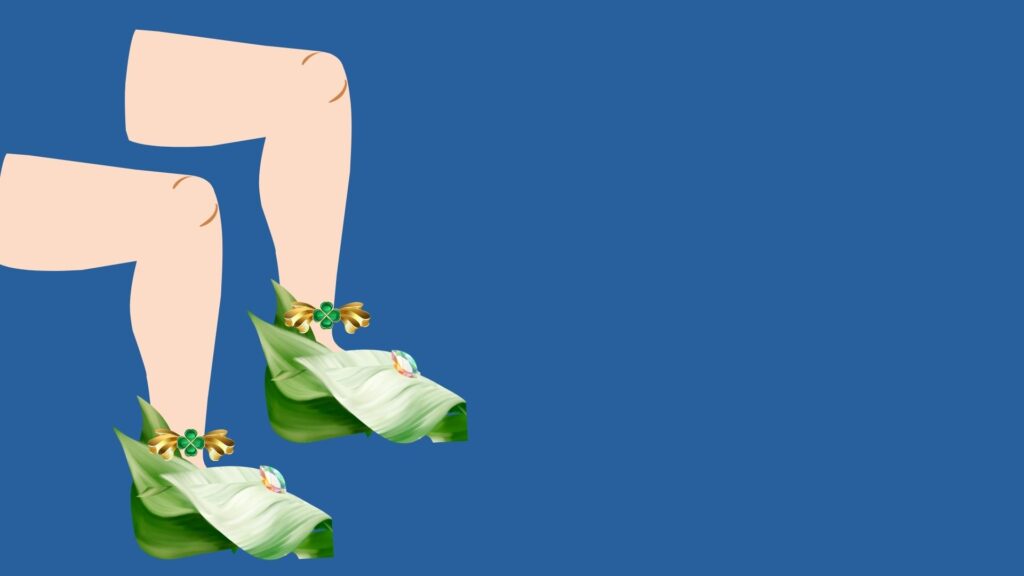
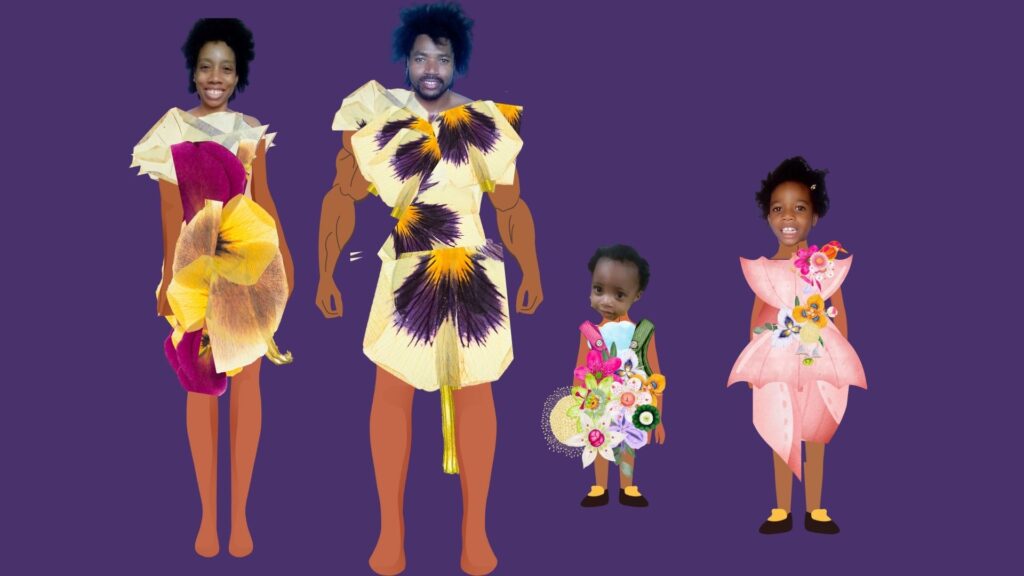
In most money-driven cities, architecture is homogenized into cheap, rectangular blocks—designed for rapid turnover and maximum rental yield rather than beauty or community [8][9]. In Iztolev, Sherika’s childlike, imaginative flair ensures each home is unique in its architecture, decor, landscape, and other features, all thoughtfully coming together to tell a unique family story. Her husband, 2 daughters, and son drafted designs alongside Sherika’s inspiration; formations range from spiral dwellings carved into hillsides to stilted pavilions that float above wetland gardens. Each home tells a story, whether inspired by her books, Katya and Zolokhan, or Juanita’s Victories, or chapters from the family’s refugee experience in Brazil. Every home inspires, revives, and renews the family it shelters. Quarrying is scaled to needs, and every extracted stone pocket is backfilled with live rock fragments to regenerate habitats [1]. Polished timber beams come from managed stands, replanted at twice the harvest rate, ensuring forests grow denser over time.
Kimroy Bailey oversees digital modeling labs where children like Keilah, Kaleeyon, and Kezidek draw fantastical facades that are then realized with laser-guided stonecutters and CNC-carved wood panels—marrying artisanal craft to precision tech. The result is a built environment as varied and soulful as the competent families it welcomes from the varied ends of the earth.
Reimagining Value: Contribution over Currency

At Iztolev’s core is a social ledger of talents, not tokens. Each family member—whether mining quartz, tending silkworm nurseries, coding soil‐health algorithms, or teaching dance—earns Abundance Points that unlock access to Kingdom of Iztolev resources. This frictionless exchange abolishes scarcity by aligning effort directly with need and desire.
Money’s absence removes patent walls around innovation. Community co-ops share breakthroughs in low-energy metallurgy, advanced composting reactors, and bioplastic synthesis openly—accelerating progress untethered by return-on-investment constraints [5][15].
The Shackles of Monetary Systems
Across Earth, money channels innovation into projects promising swift profit, sidelining those with longer horizons. Seminal critiques argue that the free market’s R&D focus yields fewer transformative breakthroughs because funding flows toward low-risk, high-margin ventures rather than foundational research [12].
Agriculture has seen the same pressure: crops ideal for mechanized harvest—corn, rice, soy—dominate, while hundreds of nutritious species remain underfunded or completely ignored [4][16]. This monocrop bias has eroded biodiversity, increased vulnerability, and driven soil depletion globally. In textiles, the polyester juggernaut—fuelled by rapid fashion cycles—contributes an estimated 10–40 million tonnes of microplastics annually to ecosystems [8][3]. Yet silk, which supports circular bioeconomies and offers superior strength and comfort, languishes outside mainstream markets [1][12].
Architectural form suffers similarly: cost-driven uniformity erases cultural identity, making cities monotonous and stress-inducing. Critics note that capitalist development often treats space as a commodity, prioritizing billboards and franchise traffic loops over pedestrian well-being [17]. The resulting congestion, noise, and pollution stifle creativity and social cohesion, yet persist because they feed advertising revenues and short-term economic metrics.
A Blueprint for Earth’s Future

The Trott Baileys demonstrate that a money-free model can scale. By anchoring value in shared labor and ecological regeneration, Iztolev not only thrives but multiplies human potential. Their approach offers a roadmap to liberate Earth from the narrow confines of profit-first thinking—restoring biodiversity, reigniting artisanal crafts, and fostering cities that breathe with life rather than buzz with commerce.
In Iztolev, every sunrise brings fresh possibilities: Keilah’s next mural-home, Kaleeyon’s festival of light woven from bioluminescent fungi, Sherika’s floating library for drift-gardens, and Kimroy’s new gravity-driven aquaponics system. And through it all, little Kezidek’s laughter echoes—the living emblem of a world where abundance flows directly from community, creativity, and care, rather than the weight of coins in a pocket.
References
1. “Sericulture as a sustainable agroindustry,” ScienceDirect, 2022.
2. “Transitioning the silk industry towards circularity,” ScienceDirect, 2025.
3. “Fashion’s dirty microplastics secret,” Vogue Business, 2018.
4. “Neglected and Underutilized Crop Species,” ScienceDirect.
5. “Permaculture enhances carbon stocks, soil quality and biodiversity,” Permies, 2024.
6. “AI Based Agroecology Tools and AI Safety,” Permies, 2018.
7. “Resurrecting forgotten crops: Food-based products from potential species,” ScienceDirect, 2025.
8. “Marxism and Architectural Theory: A Critique of Recent Work,” SAGE Journals, 2006.
9. “Referentiality of Generic Structures: Critique of Capitalist Urban …,” SAGE Journals, 2023.
10. “Does capitalism drive towards the commodification of everything?,” SAGE Journals, 2024.
11. “Permutation Information Technology,” Permies, 2024.
12. “Marx, Capital and the Madness of Economic Reason review,” The Guardian, 2017.
13. “Twenty years of microplastic pollution research—what …,” Science, 2022.
14. “Laundry Lint Pollutes the World’s Oceans,” AAAS/Science, 2011.
